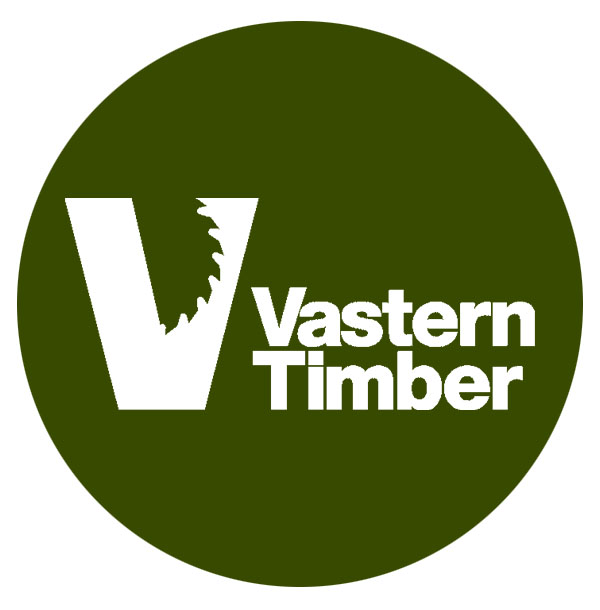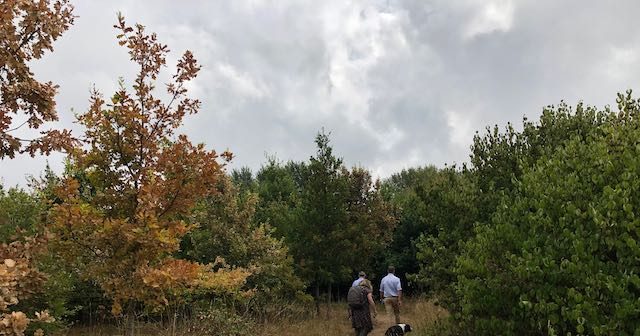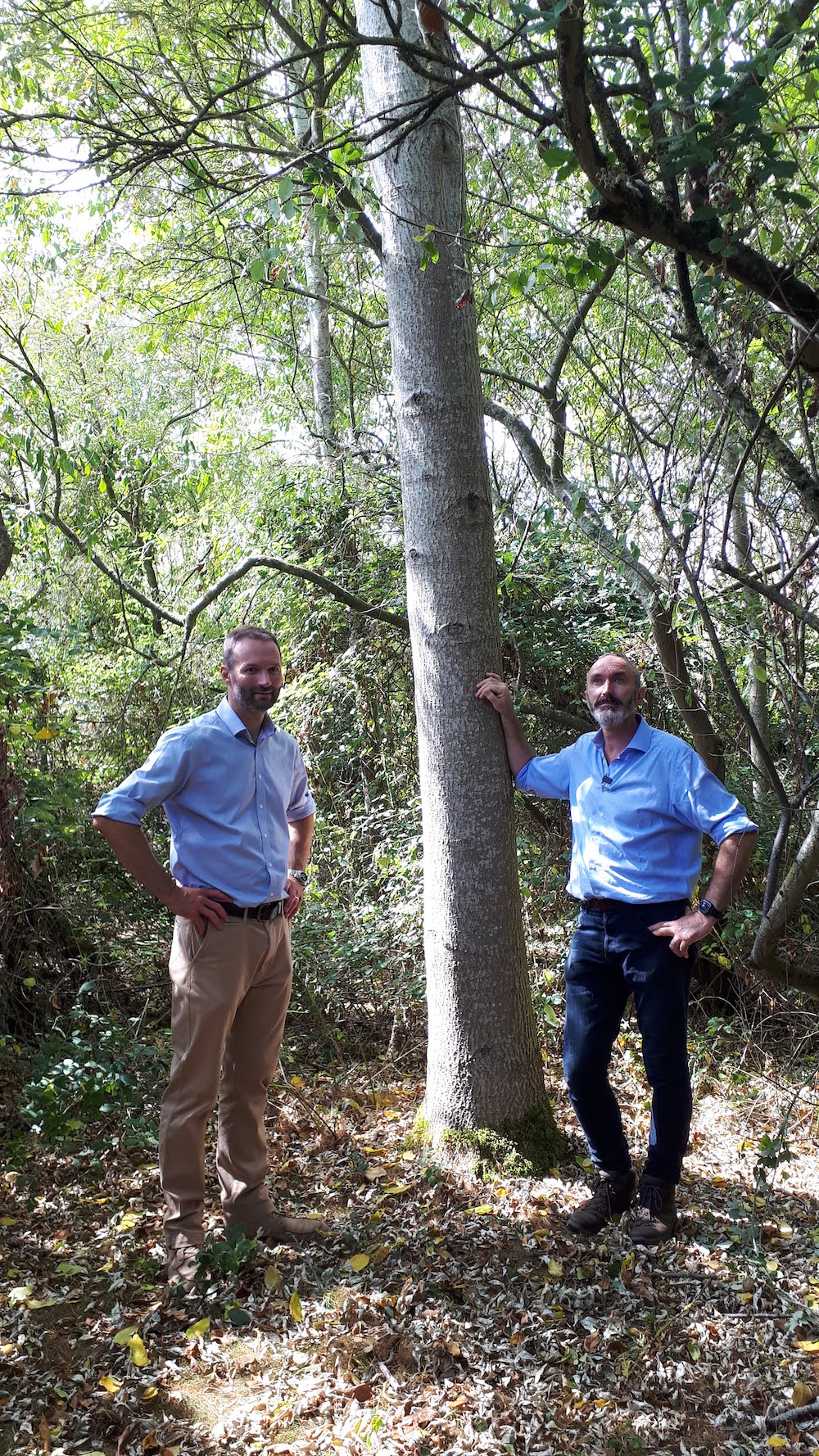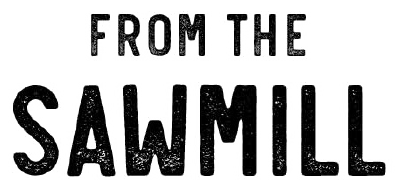October 7, 2022
Paradise Wood mapping project
See the 1% Woodland Tax in action at Paradise Wood, Oxfordshire
One percent of our turnover is used for projects that help woodland thrive. We call it our 1% Woodland Tax. Recently, our MD Tom visited Paradise Wood in Oxfordshire to see how the Woodland tax is being put into action on a unique project.
Paradise Wood is owned by Earth Trust, the charity co-founded by Sir Martin Wood, who also co-founded the Sylva Foundation with Gabriel Hemery. Gabriel has a long connection with this woodland, and we were delighted to meet him at the woods to hear more about this project.
Tom: Gabriel, can you tell us what makes this wood so special?
Gabriel: This is where I first cut my teeth in forestry. I actually designed and then spent the first 13 years of my career as a forester creating this woodland.
It’s unique in Britain because it sits at the centre of hardwood research. Here we are looking at a whole range of broadleaved species that we can grow in this country.
Paradise Wood was created about 30 years ago, at a time where there was no investment in hardwoods and a lot of focus on commercial conifers. It was set up as a research woodland.
The trials we see here are often planted and replicated elsewhere across Britain, but this is the one site in the country where all those trials can be found together in one place.
So it’s a place where not only great research can happen, but also where we foresters can do advocacy. We can explain to landowners the benefits of planting one tree or another, and in managing woodland one way or another.
It’s an absolutely unique and special place in Britain, there’s nowhere else like it in the country.
Tom: People might think it takes decades or centuries to create a woodland but actually you planted this and you’re still looking spritely.
Gabriel: I might look old, but this woodland is maybe not as old as people might think. In a woodland like this most of the trees around us are between 25 to 30 years old. I’m in my 50s now and yeah, it’s quicker to create a woodland than most people think!
We’re standing in a particularly interesting place here. Over there, we’ve got a plot of walnuts that were planted with novel silviculture – under-planting with various nitrogen-fixing species.
Over there is a stand of ash. This is a provenance trial of ash, collected right across Europe almost 30 years ago. Of course at the time, in 1995, we didn’t know that ash dieback was coming.
This ash stand is a special resource. It’s a collection of different genetics. You can see how some trees are still thriving, while those next to them are dead from ash dieback. This means the area has the capacity to help us create a new generation of resistant trees.
In fact, the environmental opportunity here is just extraordinary. There’s a huge amountof time and effort being invested in this woodland, and there’s a huge amount of value here in terms of learning and education.
Tom: What needs to happen here now, and how can this woodland maintain its vibrancy?
Gabriel: This wood is owned by Earth Trust. They don’t have their own forestry team but they’re right next door to the Sylva Foundation, who I work for, and we realised that we could help each other.
The Woodland Tax funding enables us to come and help “read the woodland.” We can understand what’s growing, and where, and why, in a very silvicultural sense.
The Sylva Foundation is an environmental charity helping trees and people grow together. Part of this work is using an online platform to help woodland owners manage their woodlands. But we don’t own much woodland.
Earth Trust owns quite a large area of land, with lots of different woodland compartments. So, if we work together – our forestry expertise with their land, our research interests and their advocacy experience – we can create a really powerful project.
When I heard that the 1% Woodland Tax was offering grants to help woodlands thrive, I jumped at the opportunity.
With this funding we can establish a mapping project working with Earth Trust. We can work with them, and other research partners, to build on a research layer which is quite complex.
This means we can show how to manage a particular compartment not only silviculturally, but also in order to support research. It also ensures that we don’t fell a provenance or a progeny that we shouldn’t!
Tom: Can you tell us more about your plans for this amazing place?
Gabriel: Absolutely. So what we’ll be doing is helping draw up a management plan. It will be a UK Forestry Standard management plan that will help them bring in a contractor to do the work that’s necessary, while ensuring the research here is fully embedded in that plan. Hopefully, longer term, it will help Earth Trust to take this woodland to another level.
The real potential here is to use this for advocacy to explain and help raise the profile of resilience and of adaptation. It will highlight how to plant and manage woodlands to help society and nature, while also adapting to climate change.
That’s ultimately the potential here exemplified by some of the things we can see around us today.
Tom: It’s really exciting and I hope you’ll have us back in a few years to see the progress.
Gabriel: I hope so. Maybe in another 10 years Vastern will buy some hardwood timber that’s come out of this site. Maybe some of the cherry and perhaps a few oak trees. That would be amazing, wouldn’t it?
_____________________
Many thanks to Gabriel for showing us around Paradise Wood.







